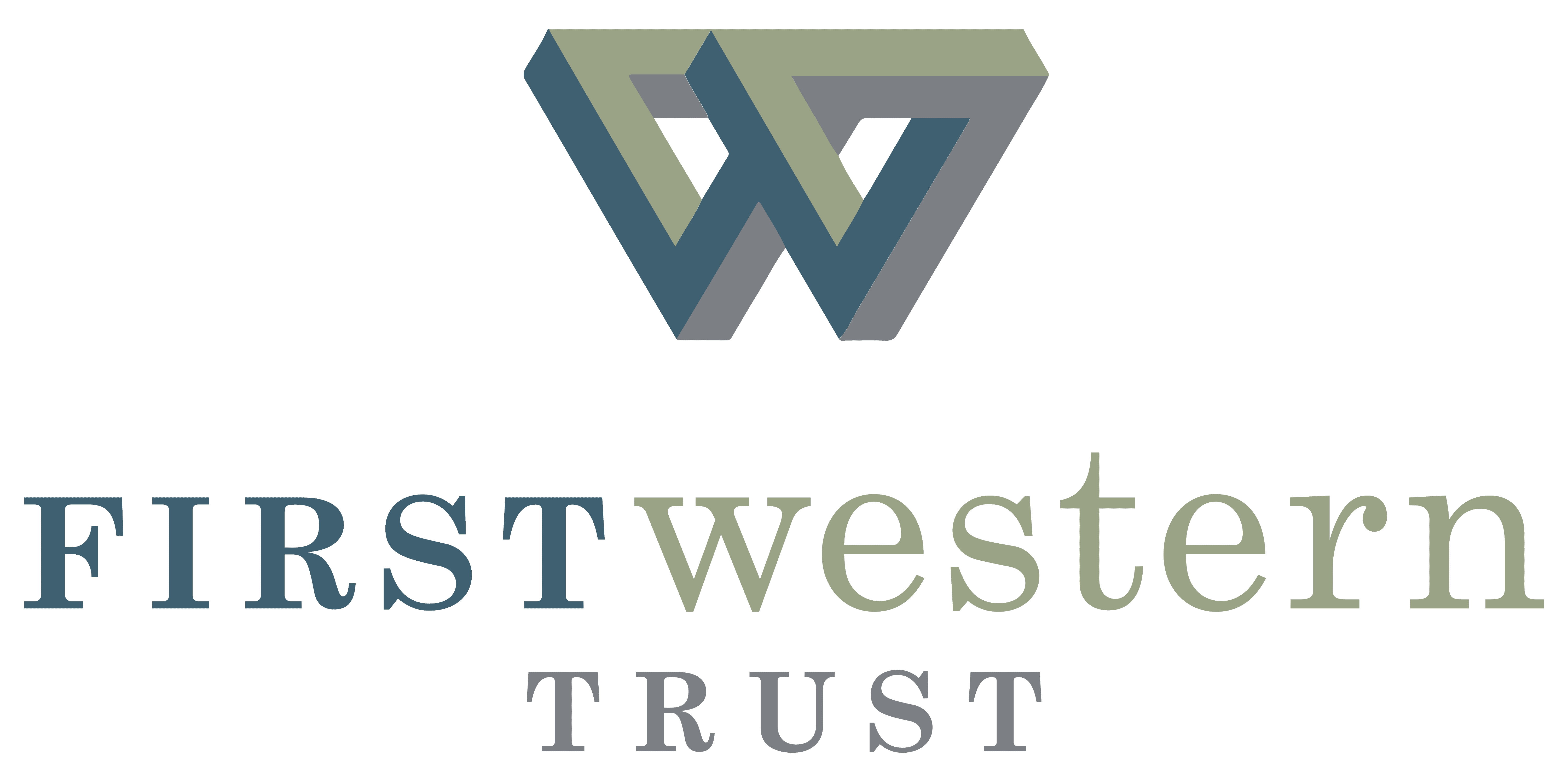
Week in Review: November 4, 2022
November 7, 2022
Recap & Commentary
U.S. markets ended the week lower as hopes that the Federal Reserve would signal smaller rate hikes beginning in December were met with equivocation from Fed Chair Jay Powell. Markets rallied significantly in late October after a Wall Street Journal article suggested the Fed might conclude its November meeting by signaling smaller rate hikes starting in December. While welcomed by the markets, such a notion seemingly contradicted prior statements by Powell in which he said that “The historical record cautions strongly against prematurely loosening policy.” He stressed the need for the Fed to remain aggressive in fighting inflation until it was clearly returning to the Fed’s long-term 2% target; something recent core inflation data indicated was not the case.
As expected, the Fed raised rates on Wednesday by 0.75% for a fourth consecutive meeting. Speaking afterward, Powell acknowledged that “at some point, it will become appropriate to slow the pace of increases… and it may come as soon as the next meeting or the one after that.” The lack of specificity disappointed markets. Markets were further bothered by Powell’s comment that “incoming data since our last meeting suggest that the ultimate level of interest rates will be higher than previously expected.” He added that “the question of when to moderate the pace of increases is now much less important than the question of how high to raise rates and how long to keep monetary policy restricted, which really will be our principal focus.”
Before 2022, “lower for longer” reflected the idea that the Fed would maintain low rates for an extended period to support economic growth. In light of Powell’s post-meeting comments, investors might consider refashioning “lower for longer” to mean that soon future Fed rate hikes will be lower (i.e., smaller) but will occur over a longer period than previously expected.
Economic Commentary
While not uniform in its direction, labor market data pointed to continued resiliency. Nonfarm payrolls added 261K jobs in October, the slowest pace since December 2020 but meaningfully better than the expected 200K. Despite the gains, unemployment rose 0.2% to 3.7%, the result of household survey data (the data used to calculate the unemployment rate) showing 328K jobs lost in the month. Typically, nonfarm payroll and household survey data are correlated. However, at times, such as in October, they are not. Average hourly wage growth slowed 0.3% to 4.7%, a development likely welcomed by the Fed. As measured by the JOLTs report, job openings increased ~400K in September, defying expectations for a 300K decline. The gain was likely unwelcome news for the Fed, which had indicated it would like to temper the strength of the jobs market.
Data from the industry group ISM showed further slowing in manufacturing and services sector activity. However, unlike recent data from S&P Global showing both sectors contracting in October, the ISM data showed both sectors expanding, albeit at a relatively modest pace.
Of Note
Through Friday, 85% of S&P 500 companies had reported earnings. Thus far, 70% have beaten their earnings estimate. According to industry group FactSet, 3Q22 aggregate S&P 500 earnings growth expects to be 2.2%.
| S&P 500 | -3.4% |
| Small Caps | -2.6% |
| Intl. Developed | 1.2% |
| Intl. Emerging | 4.7% |
| Commodities | 5.2% |
| U.S. Bond Market | -0.8% |
| 10-Year Treas. Yield | 4.16% |
| U.S. Dollar | 0.0% |
| WTI Oil ($/bl) | $93 |
| Gold ($/oz) | $1,686 |
The Week Ahead
- Consumer Inflation (CPI)
- Consumer Sentiment
- Consumer Credit
- Weekly Jobless Claims
Newsletter Sign Up
Insights
Week in Review: July 19, 2024
Recap & Commentary A week which began with the S&P 500 and Dow Jones Industrial Average setting new record highs, […]
Learn more
Fraud Prevention Strategies for Businesses
Fraud is a significant threat to small businesses. According to the Association of Certified Fraud Examiners (ACFE), fraud losses cost […]
Learn more
Week in Review: July 12, 2024
Recap & Commentary Markets ended the week higher with the S&P 500 and NASDAQ setting new records along the way. […]
Learn more
Top Investment Trends For 2024
As January 2023 began, the American economy faced significant challenges from inflation and rising interest rates. These pressures intensified as […]
Learn more
June 2024 Market Commentary
The saying “April showers bring May flowers” can be traced to an English poet from the 1500s. Today, the quote […]
Learn more








